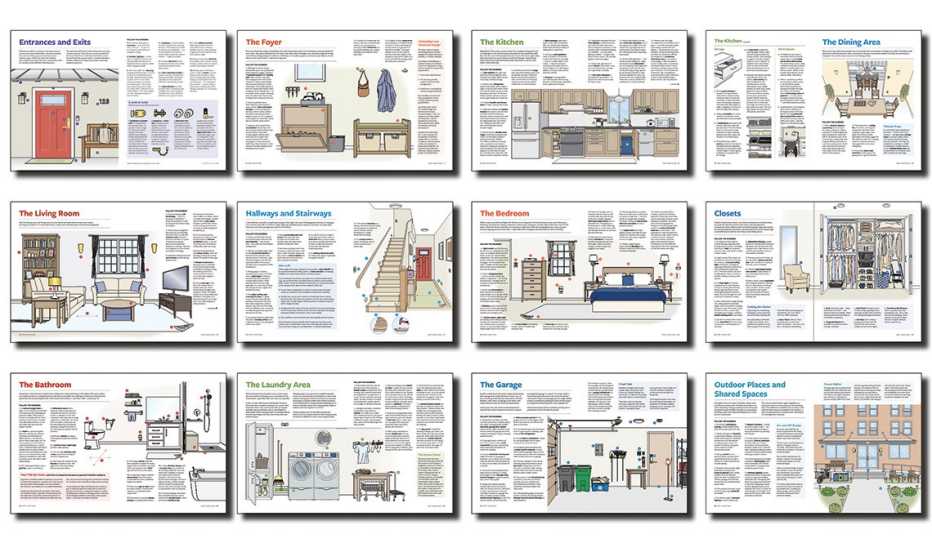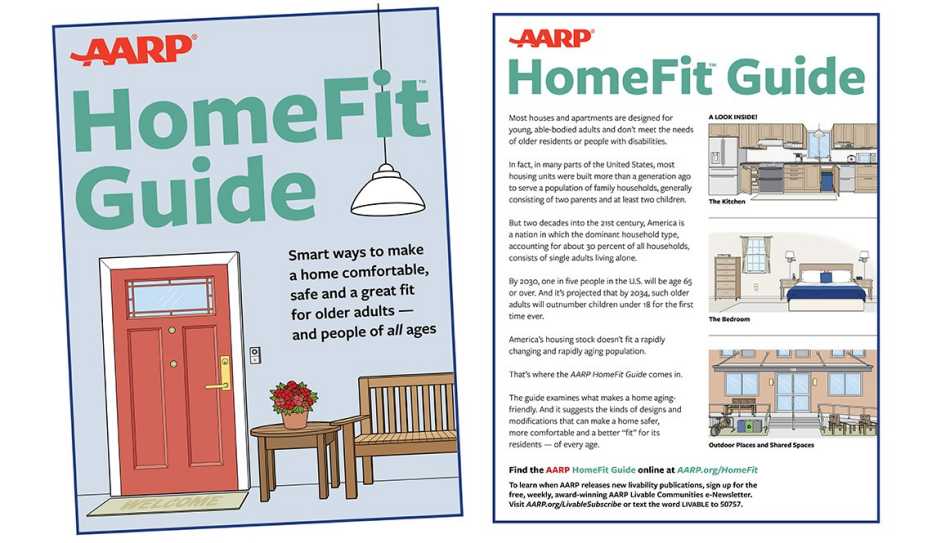AARP Hearing Center
Clothes closets, linen closets, coat closets and pantries work best when set up for the specific purpose each serves. Having organized, uncluttered closets makes it easier to find belongings, helps save money by averting duplicate purchases, and eliminates the need to dig through overstuffed spaces and the risk of injury from falling items.
Share this video via YouTube
Cutting the Clutter
Organizing and consolidating belongings can be a physically and emotionally daunting task. Recruiting family and friends to help is one solution. Or a professional organizer can be hired to guide or do the work.
- Set a Timer: Select a 2-foot by 2-foot spot in a room and spend 10 minutes — not more, not less — focused on decluttering.
- Sort: Create four piles — Keep, Sell, Donate and Trash — and divide the items accordingly. (Place the Keep pile the farthest away so it’s the least convenient.)
- Purge the Papers: Run unneeded mail and documents through a shredder.
- Don’t Punt: Punting is a form of decluttering by guilting others, especially younger family members, into taking the purged possessions.
- Get Real: Don’t continue keeping clothes that don’t fit, haven’t fit for years and are unlikely to ever be worn again.
- Pare Down the Pictures: Select a quantity of printed photographs (say, 100 or 200) that are worth keeping. Write captions on the back of each. Discard or digitize whatever doesn’t make the cut.
AARP HomeFit Videos


AARP HomeFit Guide


































































